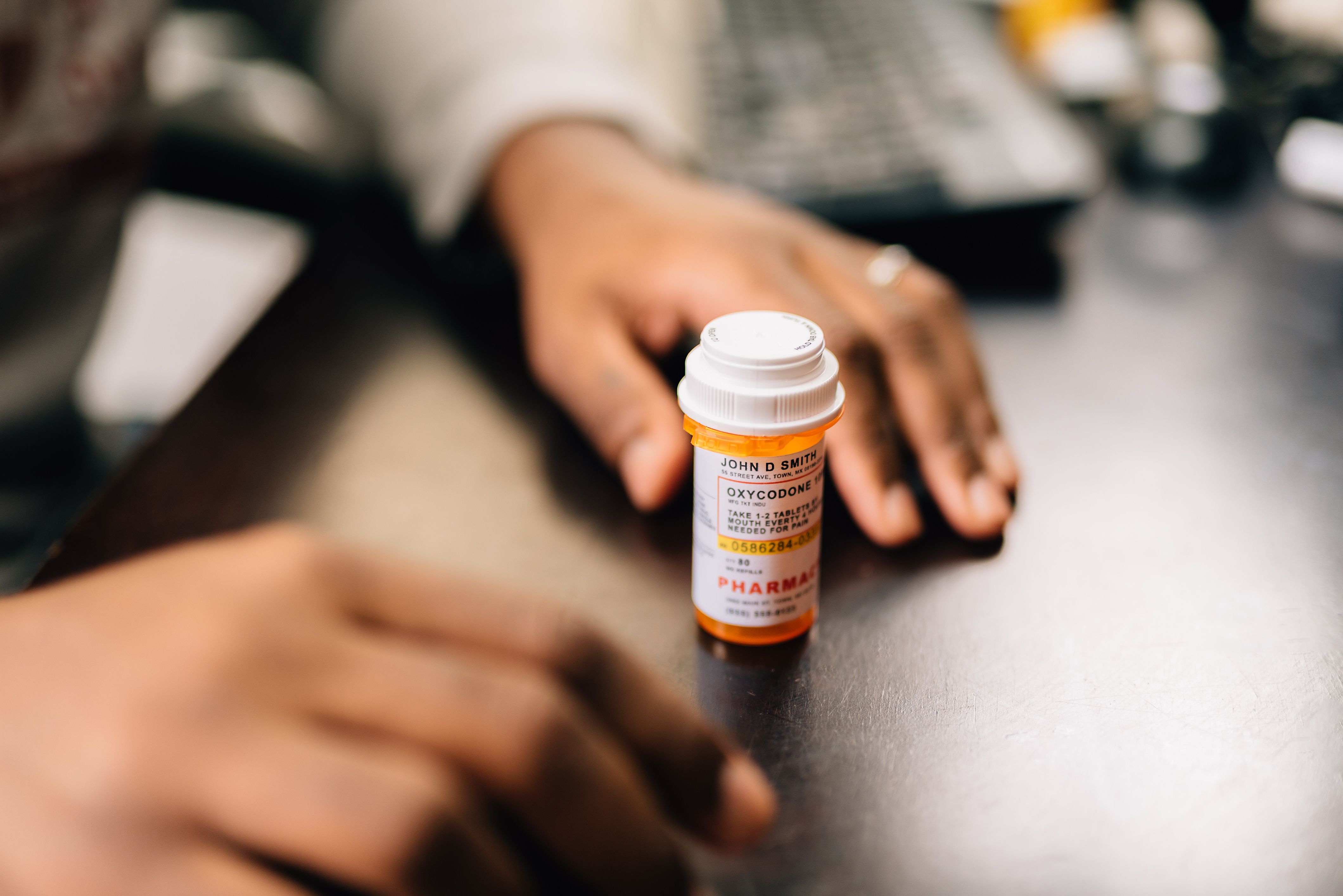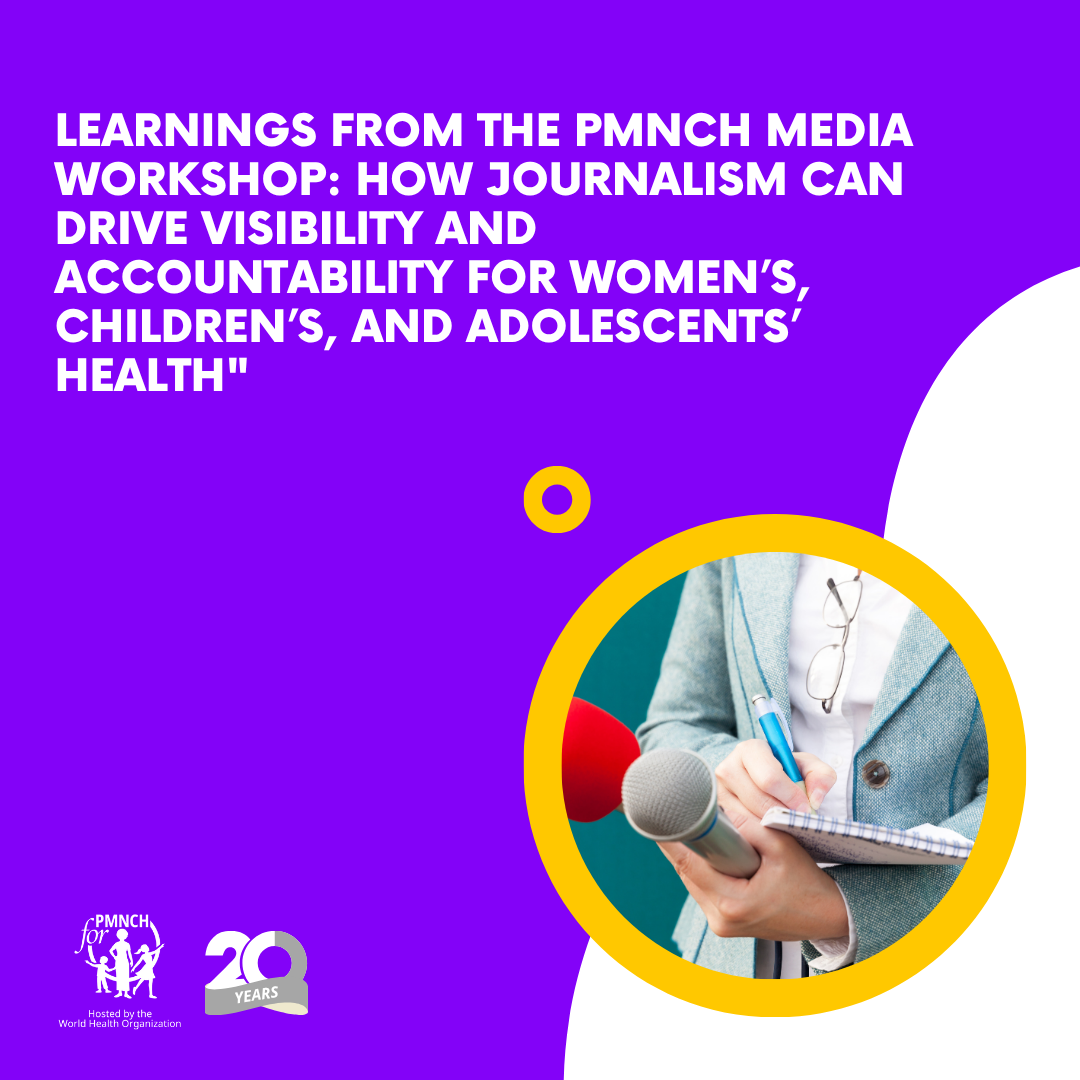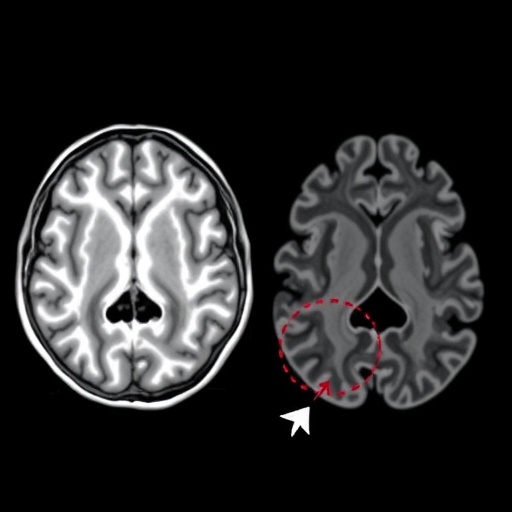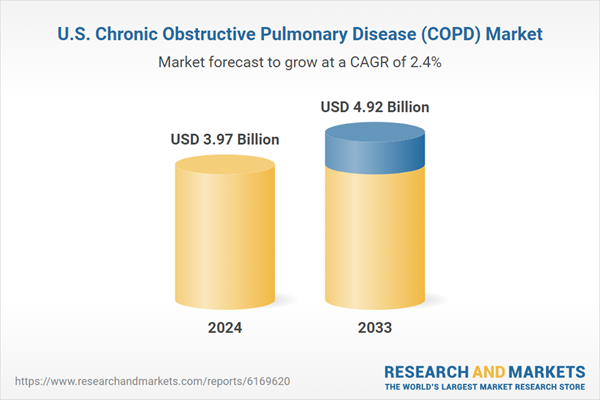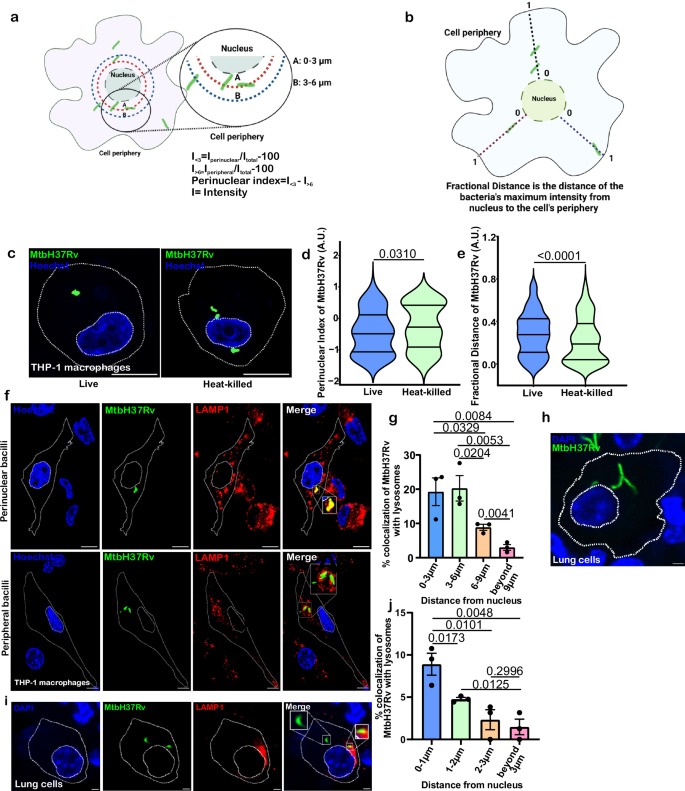The Opioid Crisis: A Public Health Challenge to Sustainable Development Goals
Introduction: Impact on SDG 3 – Good Health and Well-being
The ongoing opioid epidemic in the United States presents a significant obstacle to achieving Sustainable Development Goal 3 (SDG 3), which aims to ensure healthy lives and promote well-being for all at all ages. The crisis is directly linked to a decline in life expectancy and a substantial number of premature deaths, undermining progress toward key health targets.
- Public health officials initially highlighted the severity of the crisis by comparing the high number of opioid overdose deaths to those from motor vehicle accidents.
- Between 2016 and 2017, a decline in American life expectancy was directly attributed to drug overdoses and suicides, a clear setback for SDG 3.
Persistent Mortality Rates and the Challenge to SDG Target 3.5
Despite numerous interventions, the rate of fatal opioid overdoses remains critically high, directly challenging SDG Target 3.5, which calls for strengthening the prevention and treatment of substance abuse. The persistence of the crisis underscores the complexity of achieving this goal.
- The annual number of opioid overdose deaths is more than five times higher than it was in 1999.
- In 2023, approximately 79,000 individuals died from opioid overdoses, significantly outnumbering the 43,000 deaths from motor vehicle accidents.
- This sustained high mortality rate confirms expert predictions from 2017 that the crisis would have long-lasting adverse effects on public health, even with increased treatment availability.
Interventions, Inequalities, and Barriers to Access (SDG 3 & SDG 10)
Efforts to combat the epidemic involve critical interventions like naloxone, but significant barriers prevent equitable access, highlighting issues related to SDG 10 (Reduced Inequalities). The effectiveness of life-saving measures is compromised when they do not reach vulnerable populations.
Short-Term Intervention: Naloxone
The FDA’s approval of over-the-counter (OTC) naloxone is a key strategy for preventing immediate overdose deaths. However, its potential is limited by several socioeconomic and geographic barriers.
- Cost Prohibitive: The price of approximately $30-$50 for a two-dose pack is unaffordable for many individuals, creating an economic barrier to a life-saving tool.
- Geographic and Social Disparities: Inconsistent availability in rural and low-income areas exacerbates health inequalities, contrary to the principles of SDG 10.
- Stigma and Education: Social stigma and a lack of public training on naloxone administration hinder its effective deployment. Pharmacist counseling is vital to overcome this gap.
Long-Term Strategy: Medication-Assisted Treatment (MAT) and Institutional Support (SDG 16)
While naloxone addresses emergencies, long-term solutions are essential for treating Opioid Use Disorder (OUD) and achieving sustainable health outcomes. Medication-Assisted Treatment (MAT) represents a comprehensive approach, supported by institutional frameworks that align with SDG 16 (Peace, Justice, and Strong Institutions).
- Comprehensive Treatment: MAT combines FDA-approved medications (e.g., buprenorphine, methadone) with behavioral therapies to address both the physical and psychological aspects of OUD.
- Legislative Framework: The 2008 Mental Health Parity and Addiction Equity Act is a crucial institutional mechanism that mandates equitable insurance coverage for substance use disorders, strengthening the system’s capacity to provide care.
- Data and Monitoring Gaps: A lack of comprehensive data on MAT access makes it difficult to assess progress toward SDG Target 3.5, highlighting a need for improved monitoring and evaluation systems.
Analysis of SDGs, Targets, and Indicators in the Article
1. Which SDGs are addressed or connected to the issues highlighted in the article?
-
SDG 3: Good Health and Well-being
- The entire article focuses on the opioid epidemic, which is a major public health crisis. It discusses issues directly related to health, such as overdose deaths, a decline in life expectancy, substance use disorders (Opioid Use Disorder – OUD), and access to medical treatments like naloxone and Medication-Assisted Treatment (MAT).
-
SDG 10: Reduced Inequalities
- The article touches upon inequalities in healthcare access. It explicitly states that the availability of naloxone, a life-saving medication, is “often spotty in rural and low-income areas,” highlighting a disparity in access to essential health services based on geographic location and socioeconomic status.
2. What specific targets under those SDGs can be identified based on the article’s content?
-
Under SDG 3: Good Health and Well-being
-
Target 3.4: By 2030, reduce by one third premature mortality from non-communicable diseases through prevention and treatment and promote mental health and well-being.
- The article directly addresses premature mortality by stating that the high number of “opioid overdose deaths” contributed to a “decline in life expectancy among Americans.” The discussion of interventions aims to prevent these premature deaths.
-
Target 3.5: Strengthen the prevention and treatment of substance abuse, including narcotic drug abuse and harmful use of alcohol.
- This target is central to the article. The text is focused on the “opioid epidemic” (narcotic drug abuse) and discusses treatments such as naloxone to reverse overdoses and Medication-Assisted Treatment (MAT) for individuals with Opioid Use Disorder (OUD).
-
Target 3.8: Achieve universal health coverage, including financial risk protection, access to quality essential health-care services and access to safe, effective, quality and affordable essential medicines and vaccines for all.
- The article highlights significant barriers to universal access to essential medicines. It points out that many people find the price of naloxone “unaffordable” and that its “availability is often spotty,” directly contradicting the goal of ensuring access for all.
-
Target 3.4: By 2030, reduce by one third premature mortality from non-communicable diseases through prevention and treatment and promote mental health and well-being.
-
Under SDG 10: Reduced Inequalities
-
Target 10.2: By 2030, empower and promote the social, economic and political inclusion of all, irrespective of age, sex, disability, race, ethnicity, origin, religion or economic or other status.
- The article implies a failure to meet this target in the context of health by noting that naloxone availability is poor in “rural and low-income areas.” This indicates that people in these areas are excluded from reliable access to critical healthcare resources.
-
Target 10.2: By 2030, empower and promote the social, economic and political inclusion of all, irrespective of age, sex, disability, race, ethnicity, origin, religion or economic or other status.
3. Are there any indicators mentioned or implied in the article that can be used to measure progress towards the identified targets?
-
Mortality Rate from Drug Overdose
- The article provides specific data points that serve as direct indicators of premature mortality (Target 3.4). It states, “In 2023… approximately 79,000 died from opioid overdoses.” It also notes that the annual number of deaths is “more than 5 times higher than it was in 1999.”
-
Coverage and Accessibility of Substance Abuse Treatment
- As an indicator for Target 3.5, the article discusses the availability of treatments. It mentions the FDA approval of OTC naloxone and the existence of MAT. However, it also implies a lack of progress by stating that “Data on access to MAT… are sparse, so it is unclear whether access has increased significantly.” Barriers like “stigma” and pharmacy employees who “refuse to… stock” naloxone are also qualitative indicators of poor treatment access.
-
Affordability and Availability of Essential Medicines
- To measure progress towards Target 3.8, the article provides clear indicators of financial and geographical barriers. The price of naloxone is given as “approximately $30-$50 for a 2-dose pack,” which is described as “unaffordable.” Its availability is described as “spotty in rural and low-income areas,” serving as an indicator of unequal access.
4. Summary Table of SDGs, Targets, and Indicators
| SDGs | Targets | Indicators Identified in the Article |
|---|---|---|
| SDG 3: Good Health and Well-being | 3.4: Reduce premature mortality. |
|
| SDG 3: Good Health and Well-being | 3.5: Strengthen the prevention and treatment of substance abuse. |
|
| SDG 3: Good Health and Well-being | 3.8: Achieve universal health coverage and access to affordable essential medicines. |
|
| SDG 10: Reduced Inequalities | 10.2: Promote inclusion of all, irrespective of economic or other status. |
|
Source: pharmacytimes.com

